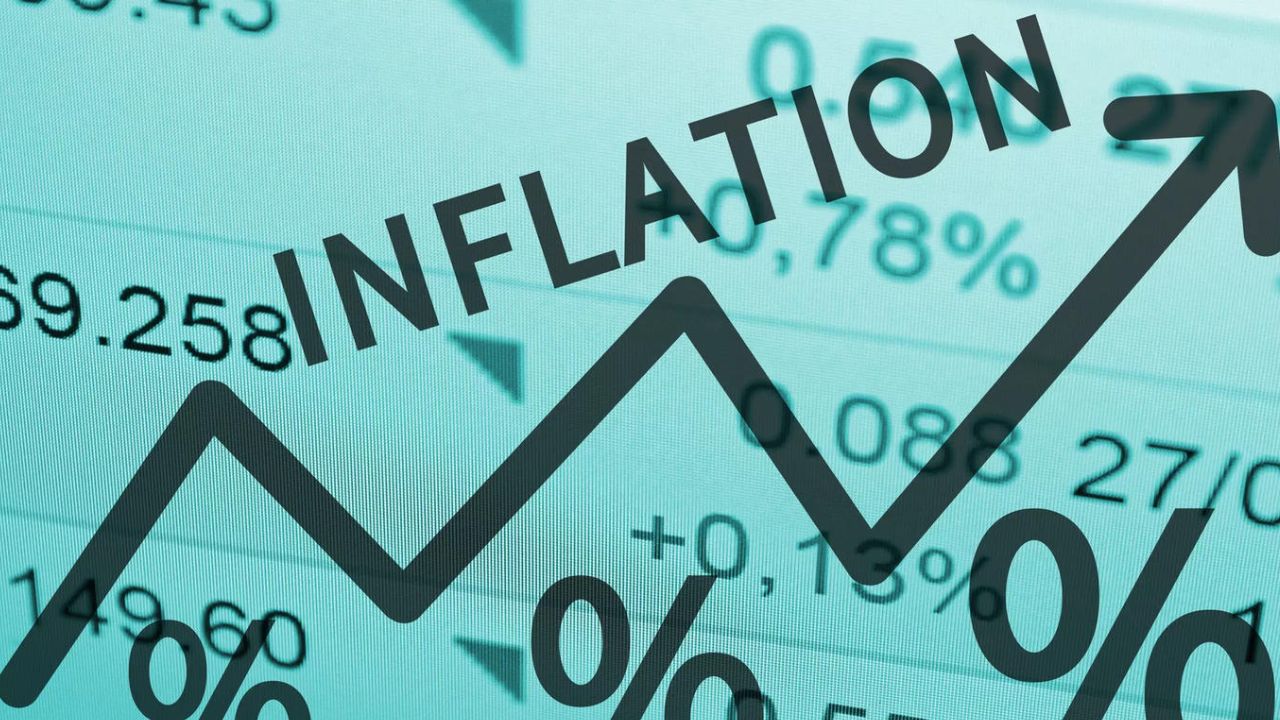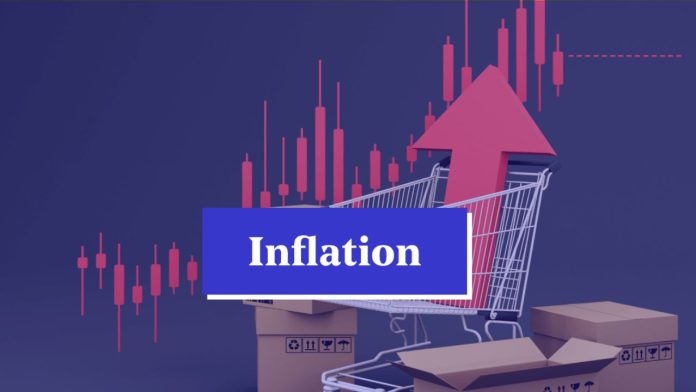U.S. import prices saw a moderate increase in February, offering some positive signs for the inflation outlook. This comes after a larger jump in January, with some key sectors showing signs of price stabilization.
The Labor Department’s Bureau of Labor Statistics reported a 0.3% rise in import prices last month, following an unrevised 0.8% increase in January. This aligns with economist expectations and suggests a potential slowdown in inflationary pressures.
This positive development comes amidst the signals from consumer and producer prices, which rose for the second consecutive month in February.

The Federal Reserve’s aggressive interest rate hikes, totalling 525 basis points since March 2022, might be starting to show their impact. Financial markets still anticipate a rate cut by June, but persistent inflation could push this back to the year’s second half.
Breakdown of Import Price Changes
While import prices saw a modest increase, a closer look reveals variations across different categories. The rise in import prices was primarily driven by the energy sector.
Imported fuel prices witnessed a significant jump of 1.8% in February, following a 1.2% increase in January. This highlights the ongoing volatility in global energy markets. The cost of imported food also rose, albeit at a slower pace of 1.1% compared to 1.7% in January.

Excluding food and fuel, which can be more susceptible to short-term fluctuations, import price growth was minimal. Core import prices, a measure of underlying inflationary pressures, edged up by just 0.1%.
This represents a significant slowdown compared to the 0.7% increase in January and even shows a year-on-year decline of 0.7%.
Other import categories also exhibited moderate changes. Prices for imported capital goods, essential for businesses, increased by 0.2% after a 0.4% rise in January. Similarly, the cost of imported motor vehicles and parts edged up slightly by 0.1%.
Imported consumer goods excluding automobiles saw a 0.3% increase, which is lower compared to the 1.2% surge in January.
